Can Sea Turtles Live Out Of Water?
Sea turtles have been captivating us for centuries with their graceful movements and majestic presence in the ocean. All seven sea turtle species are known for residing underwater and gliding through the ocean.
But can sea turtles live out of water? Indeed, sea turtles can survive out of the water but not for a prolonged period. They emerge from the ocean to breathe air, bask and populate. They live on land for a certain period and then return to the sea.
So, how long do sea turtles stay on land, and what challenges do they face while being out of the water? We have answered all these questions in this content. Let’s read.
Read more about turtles blog:
How Long Can Sea Turtles Stay Out of Water?
How long sea turtles can be out of the water depends on their species, age, and environment. Some sea turtles can spend days and even months out of the water, while other marine reptiles struggle to live for a few hours.
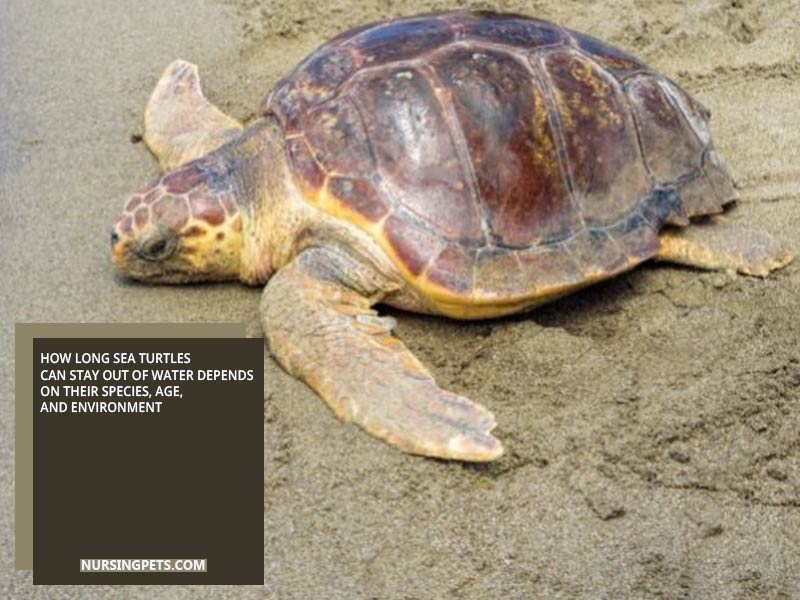
That said, semi-aquatic turtles can stay out of water for days, weeks, and even months. In contrast, green sea turtles can survive out of water for two to ten years.
What Factors Are Associated with Sea Turtles Surviving Out of Water?
Some facts determine how long a sea turtle stays out of water. Below we have briefly described them; Let’s discover them.
01. Climate
Climate controls the duration of turtles staying out of water significantly. For example, aquatic turtles can live outside oceanic environments for a long time during warm climates.
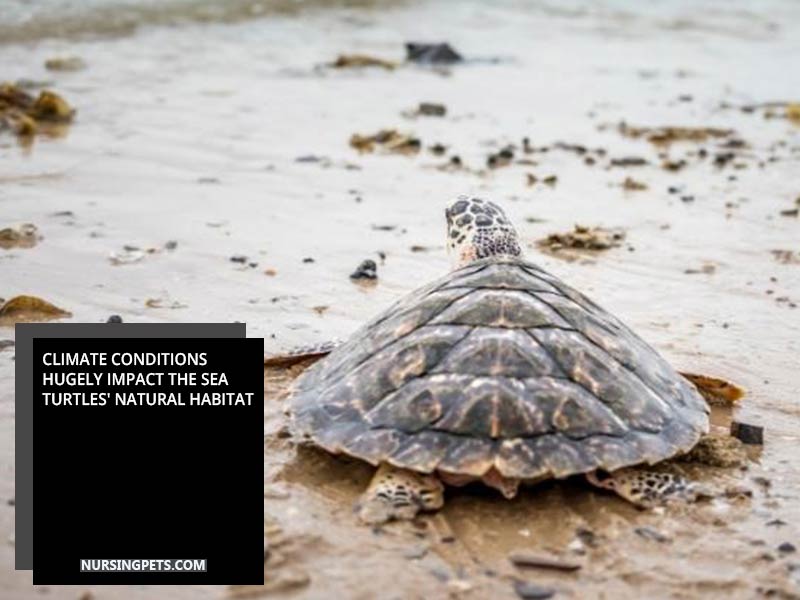
On the contrary, they can’t live out of water for a prolonged period in cold months. When the temperature goes below seven degrees Celsius, these aquatic creatures spend hours diving in and coming out of water.
That means they neither live underwater for an extended duration nor stay out of water for a long time in the winter.
02. Species
As we have already mentioned, the time a sea turtle spends out of the water also depends on its species. And you may know that there are 7 seven sea turtle species. Those are:
- Green Sea Turtle (Chelonia Mydas)
- Loggerhead Sea Turtle (Caretta Caretta)
- Hawksbill Sea Turtle (Eretmochelys Imbricata)
- Kemp’s Ridley Sea Turtle (Lepidochelys Kempii)
- Olive Ridley Sea Turtle (Lepidochelys Olivacea)
- Flatback Sea Turtle (Natator Depressus)
- Leatherback Sea Turtle (Dermochelys Coriacea)
For instance, green sea turtles can live for two to ten years outside the water. On the contrary, some species may struggle outside of the water.
However, some marine reptiles can live out of water for a few hours, days, weeks, and months. Specifically, there is no exact data on how long each species can live out of water.
03. Age
Alongside the species, sea turtles’ age is also a vital factor when it comes to their survival out of water. Compared to adult sea turtles, baby ones take more time to go out of the water, which means they mostly live underwater.
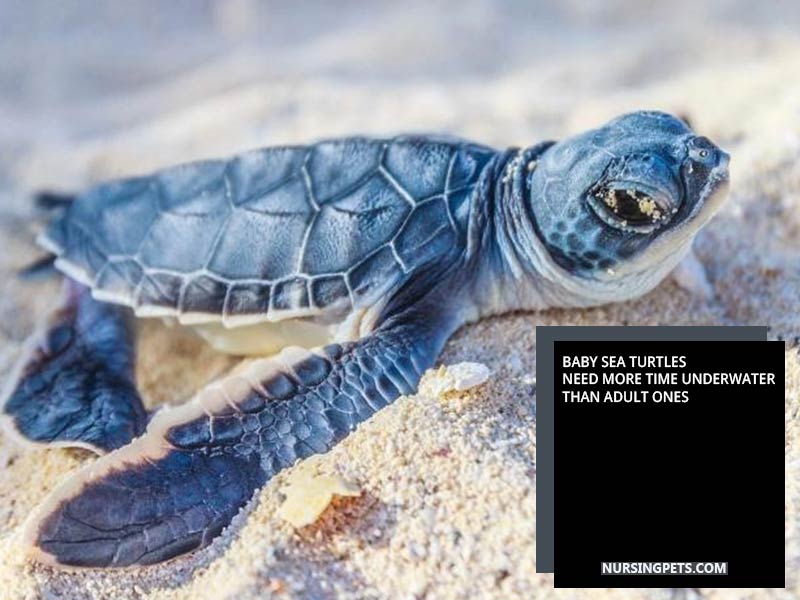
Once they grow, they go out of the water and spend considerable time on land.
So, “can sea turtles live on land?” Yes, all seven species of sea turtles can live on land; however, not permanently but for a certain period.
04. Safety
Safety is another factor all sea turtles consider, whether underwater or out of it. FYI, sea turtles require a calm environment for basking and laying eggs.
Hence, they will immediately return to the ocean after coming out of the water if they notice the surroundings are uncomfortable and threatening.
05. Food
Sometimes sea turtles face food scarcity when living underwater. They lack food sources and come out of the marine environment searching for food.
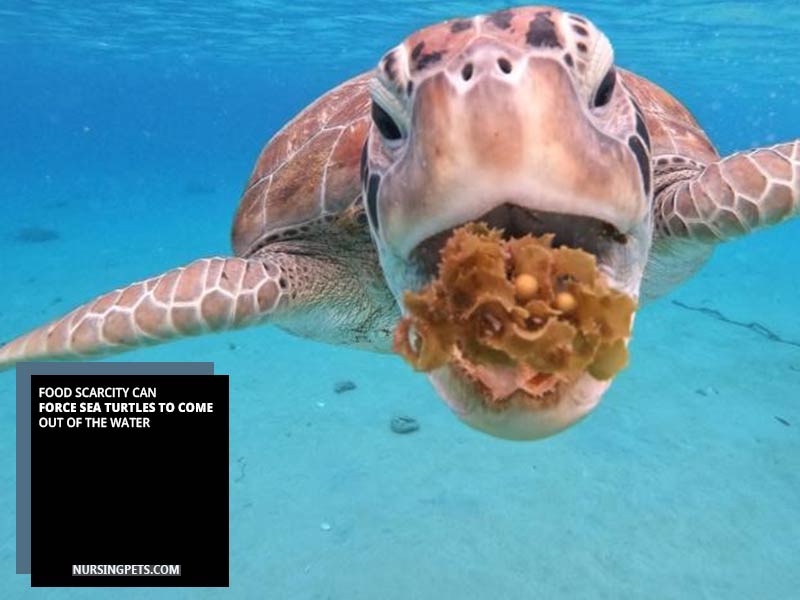
While searching for food, they can spend a decent amount of time out of water. However, these factors are associated with sea turtles living out of water.
“We have covered an in-depth article on sea turtles; if interested, you can read our full article here.”
What Are Some Risks Associated with Sea Turtles Living Out Of Water?
Woefully, sea turtles deal with several risks after coming out of the water, especially on the beach. Below, we have briefly elucidated what dangers they confront.
Predators
Sea turtles are victims of many natural predators. They need to fight these threats while in water and out of it. On land, sea turtles, primarily hatchlings, face predators like raccoons, crabs, ants, birds, boars, and more.
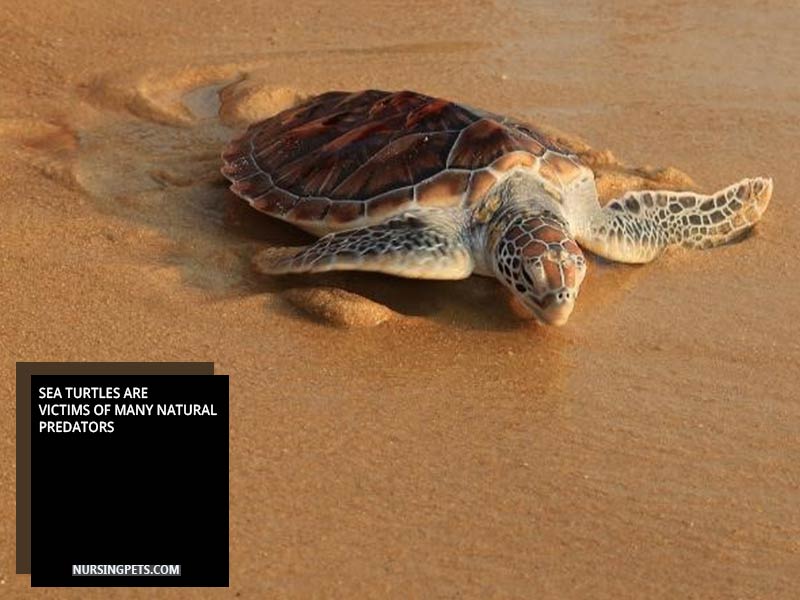
Due to the urbanization along the coastal areas, domestic dogs and cats also hunt these marine reptiles and devour them. But sea turtles’ main threat remains human; how? Let’s read the following section.
Human-Caused Troubles
Humans have always been the biggest threat to sea turtles. FYI, these reptiles possess mythological and spiritual importance in many cultures around the globe.
Following the culture and tradition, some coastal communities hunt sea turtles, especially the green sea turtles, and consume their meat. Not only that, but these people also gobble sea turtles’ eggs.
Apart from that, humans perform other activities that make sea turtles’ survival incredibly challenging. We have elaborated on this matter in another section of this content.
Climate Change
Sea turtles face great havoc due to climate change. These species rely on the temperature of the sand as it helps incubate their eggs and determine the hatchling’s gender.
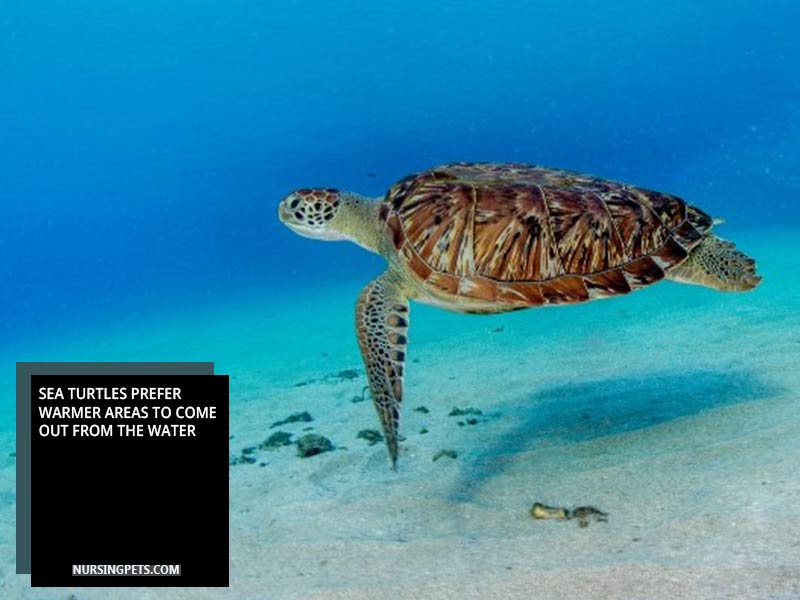
If the temperature remains cooler, the nest’s part becomes male, and if the temperature stays warmer, the nest’s part will be female. With increasing temperatures, there can be more female sea turtles than male ones, creating a threat to genetic diversity.
Besides, climate change can increase the sea level, impacting sea turtles’ nesting beaches. They lose their nesting site and face difficulties laying eggs and hatching them. So, these are all the risks associated with sea turtles living out of water.
What Is the Natural Habitat of Sea Turtles?
Adult sea turtles usually reside in shallow and coastal waters, lagoons, bays, estuaries, and open seas. These marine reptiles also choose brackish areas where ocean water mixes with freshwater. Juveniles live in estuaries, seas, and bays.
More specifically, in the Atlantic Ocean, sea turtles inhabit areas such as the coasts of North America, the Caribbean, South America, and West Africa. In the Pacific Ocean, sea turtles inhabit land areas such as the coasts of North America, the Hawaiian Islands, Japan, and the Philippines.
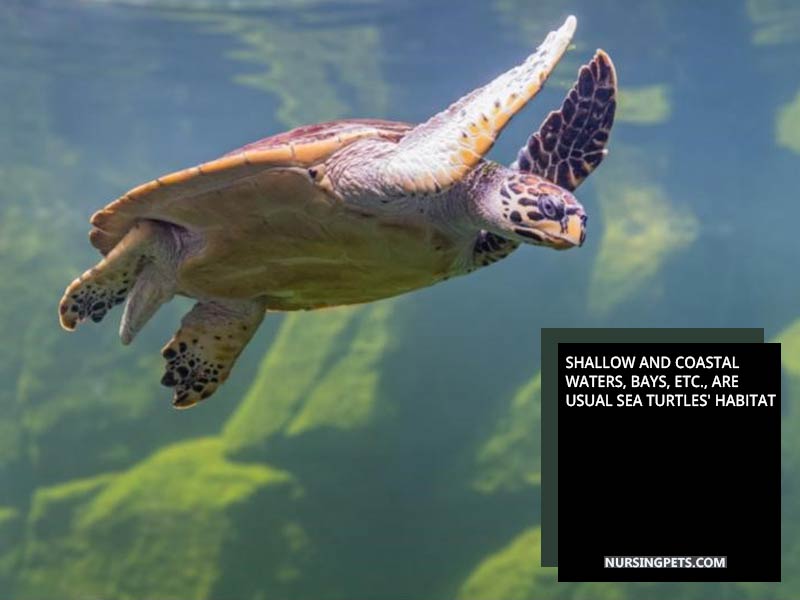
They also inhabit areas in the Indian Ocean, including the coasts of India, Bangladesh, and Indonesia.
However, during the breeding season, some sea turtles migrate to specific locations to lay their eggs. For example, loggerhead sea turtles migrate to the beaches of the southeastern United States to lay their eggs.
And Olive ridley sea turtles migrate to the coasts of Central and South America to lay their eggs. This migration of sea turtles to specific areas for breeding is known as “arribada.”
7 Sea Turtle Species’ Natural Habitat
We know there are 7 species of sea turtle. And their natural habitat differs from one to another. However, the usual natural habitat for these species are:
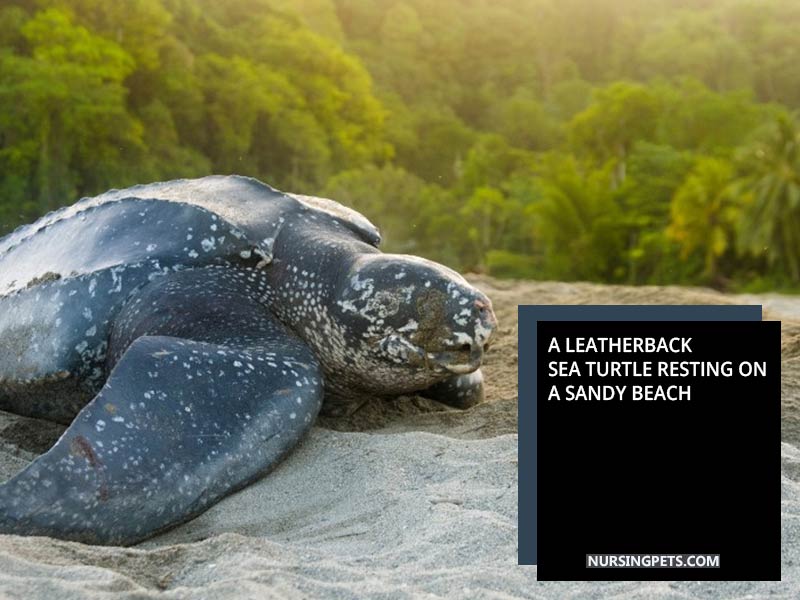
01. The Leatherback Turtle is the largest of the species and can reach lengths of up to six feet. They inhabit tropical and temperate waters in all three oceans, from Florida to California in the Atlantic, from Alaska to Mexico in the Pacific, and from Norway to South Africa and Australia in the Indian Ocean.
Leatherbacks are unique in that they are able to survive in colder temperatures than other sea turtles, enabling them to inhabit higher latitudes closer to the poles.

02. The loggerhead turtle is a smaller species with a maximum shell length of three feet. They mainly inhabit tropical and subtropical waters. In the Atlantic, they can be found on both coasts of the Americas, in the Mediterranean Sea, and in the eastern Atlantic.
In the Pacific, they are commonly found in Japan and in the Hawaiian Islands.
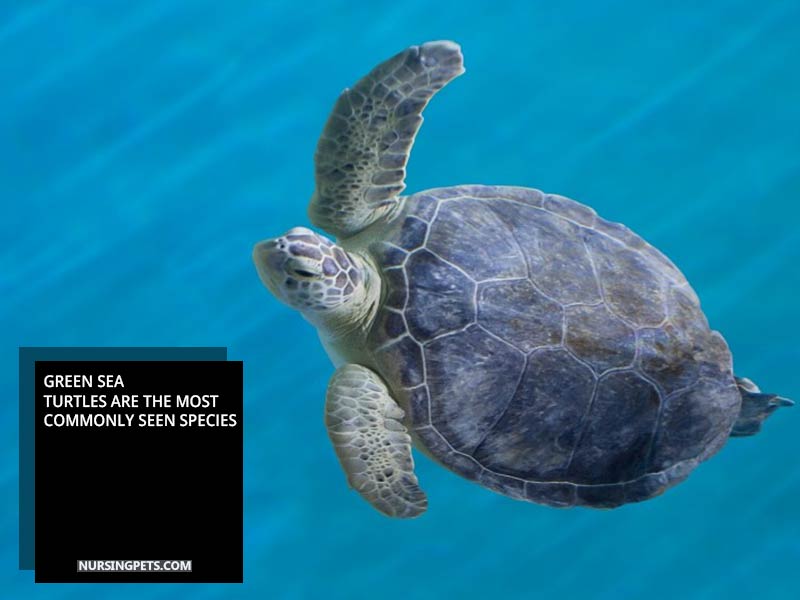
03. The green turtle is one of the most widely distributed sea turtle species found in tropical and subtropical waters worldwide. In the Atlantic, they are found from the Gulf of Mexico to the Mediterranean Sea and from the Caribbean to the coast of West Africa.
And in the Pacific, these turtles are found from the coast of California to the Hawaiian Islands and further out to the central Pacific.
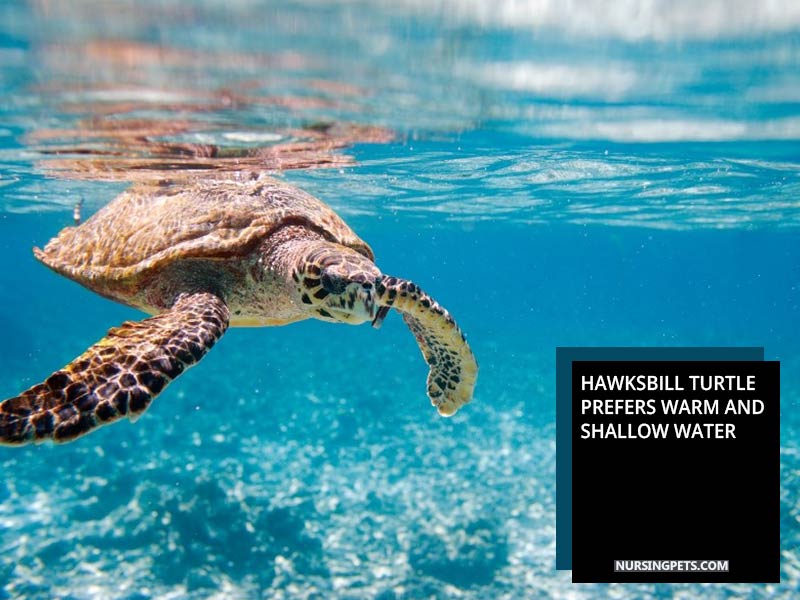
04. The hawksbill turtle is native to the warm and shallow waters of the Atlantic, Pacific, and Indian Oceans. It is the most threatened of all the sea turtle species, and its population numbers are decreasing due to human activities such as illegal harvesting and pollution.
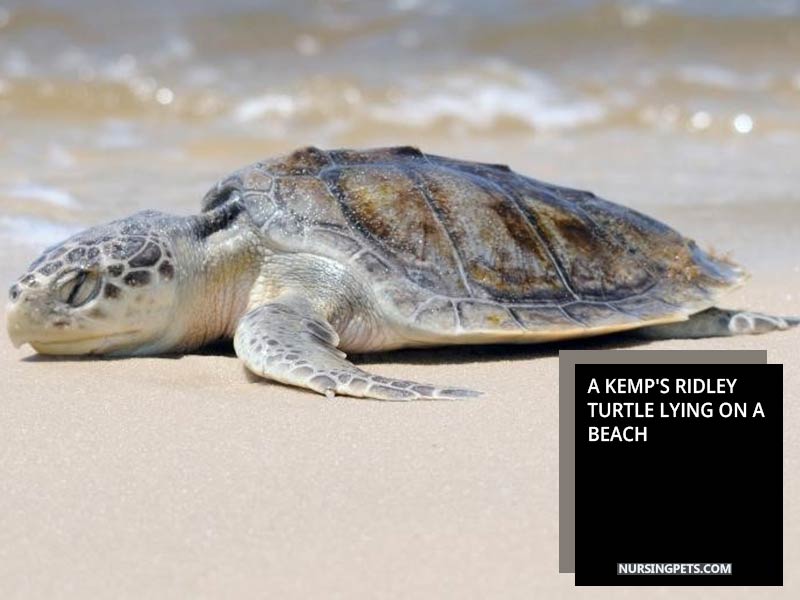
05. Kemp’s ridley turtle is the rarest of the sea turtle species and is found in the warm waters of the Gulf of Mexico and along the Atlantic coast of the United States.
They are believed to nest primarily in Mexico, and their population is severely threatened due to human activities.
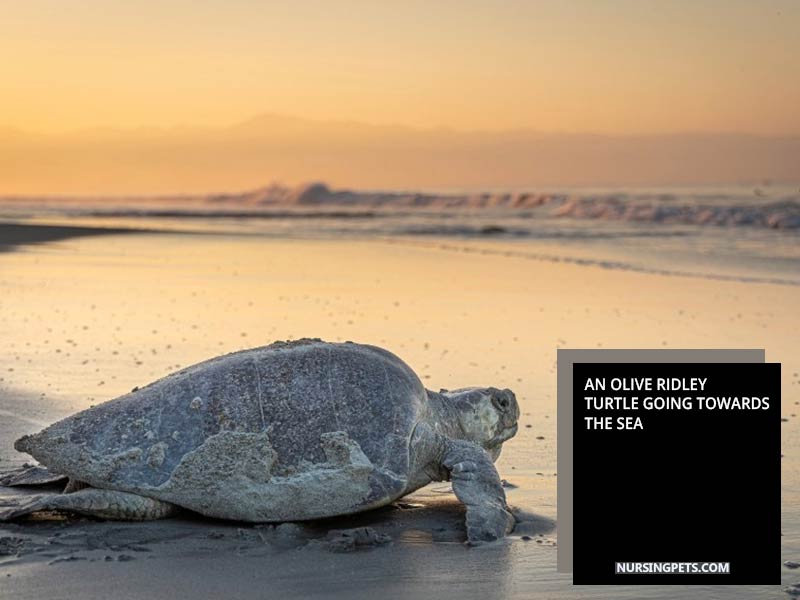
06. The olive ridley turtle is found in the warm subtropical and tropical waters of the Pacific and Indian Oceans. In the Pacific, they are found from the coast of California to the Hawaiian Islands and further out to the central Pacific.
07. The flatback turtle is found in the northern waters of the Pacific, from the coast of Australia to the north of China. They are the least studied sea turtle species, and their population numbers are unknown.

These sea turtles are only found in the waters around northern Australia and southern Papua New Guinea. They prefer areas with muddy or sandy bottoms and seagrass beds.
So there you have it! Those are the seven species of sea turtles and their living areas. Each species has unique adaptations that allow them to survive in particular habitats, but all seven species are facing threats due to environmental degradation and other human activities.
How Do They Adapt to Their Environment?
Now, let’s disclose how sea turtles adapt to their environment. They have evolved, developed organs, and learned unique tactics to survive underwater.
Physical Attributes
Sea turtles are hydrodynamic, featuring short necks, small carapaces, non-retractile heads, and limbs, enabling them to survive underwater. Moreover, they have flattened flippers, helping them to swim underwater with excellent propulsion.
These marine creatures also have nares, covering their mouth and respiratory system and blocking water entrances while diving deep. These physical characteristics help them stay underwater without any fuss.
Oxygen-Storing Capacity
Sea turtles store a whopping amount of oxygen in their lungs, which goes to their bloodstream and tissues, keeping them active while diving underwater.

The oxygen-storing capacity of sea turtles differs from species to species. For instance, leatherback turtles boast a high concentration of red blood cells, hemoglobin, and myoglobin, letting them store more oxygen in their bodies.
Anyway, alongside storing oxygen, aquatic turtles reduce their heart rate, limit blood supply to various organs and slow down their metabolism while diving.
Diving Pressure Management
Sea turtles’ carapaces aren’t fused with their plastrons. Thereby, a small space remains, allowing for some movement and compression when these turtles dive.
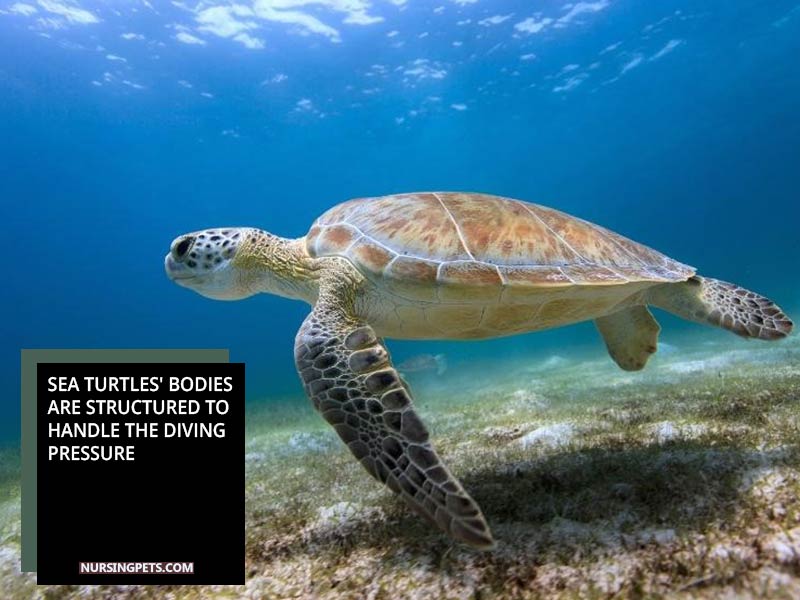
Not only that, but the respiratory system of sea turtles also collapses and eliminates the narcosis problem, which occurs due to dissolved nitrogen. So this way, sea turtles manage the diving pressure.
Salt Secretion
Sea turtles contain salt glands behind their eyes, helping them throw out excess salt from their bodies. These are vital organs that sea turtles utilize to survive in marine environments. However, these are all the techniques and adaptations sea turtles follow to thrive underwater.
What Land Areas Do Sea Turtles Dwell In?
Sea turtles have been living in the world’s oceans for millions of years and inhabit a wide variety of habitats. On land, sea turtles prefer sandy beaches, mudflats, salt marshes, dunes, lagoons, estuaries, and mangrove forests.
These areas are important for nesting, providing protection from predators, and allowing the turtles to find food. Now, let’s discuss some common areas in detail:
1. Beaches
As you may have seen, the sea beach is one of the most iconic habitats for sea turtles. They have adapted to make use of the sandy shores, which are often a part of their nesting cycle.
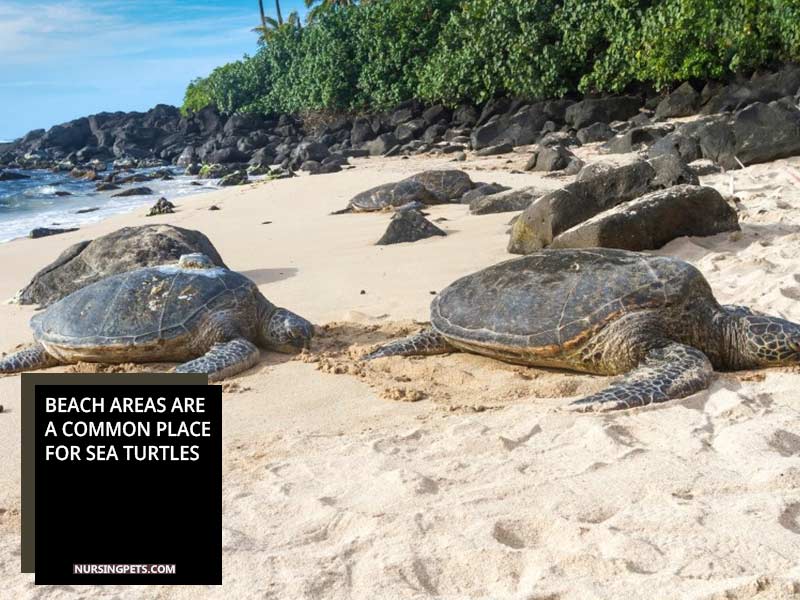
Female sea turtles lay their eggs in the sand, and the conditions of the beach must be suitable for their eggs to hatch. As such, many beaches are important nesting sites for sea turtles.
2. Dunes
Dunes are sand formations that are created by the wind. Sea turtles often make use of the dunes in order to hide from predators and to bask in the sun.
The dunes also provide a barrier between the sea turtles and the shore, which helps to keep them safe from any potential threats.
3. Lagoons
Lagoons are sheltered areas of water that are found in coasts and estuaries. Sea turtles use lagoons as places to rest and feed, as the waters are relatively shallow.
The lagoons are also home to many other aquatic creatures, such as fish and other sea life, which provide food for the turtles.
4. Estuaries
Estuaries are areas where fresh and saltwater mix, and they can be found in rivers, bays, and other coastal areas. Estuaries are important habitats for sea turtles, as they provide shelter and food.
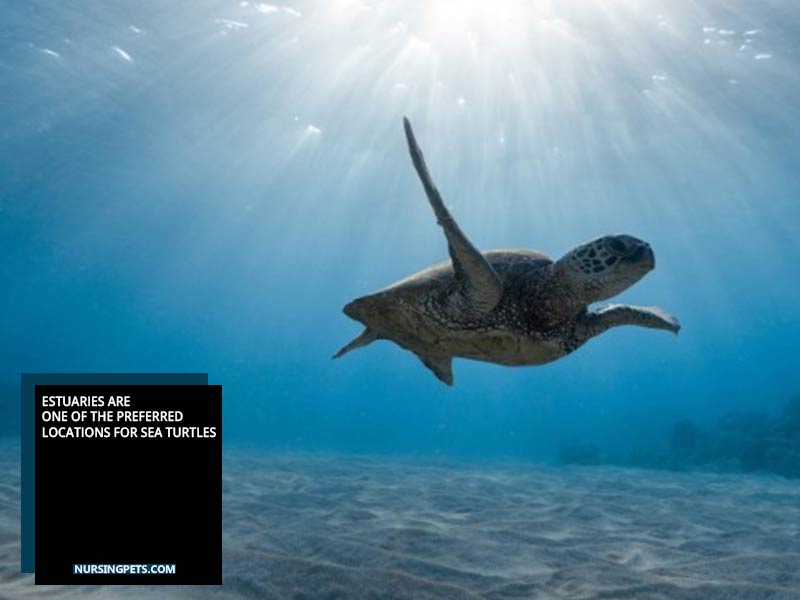
Estuaries are also important nursery grounds for sea turtles, as they provide a safe place for young sea turtles to feed and grow.
5. Mangrove Forests
Mangrove forests are found in coastal areas, and they are important habitats for a variety of sea life, including sea turtles. The dense vegetation of the mangroves provides shelter for sea turtles, and the trees also provide food for them.
Mangrove forests are also important for their ability to protect the shorelines from erosion and flooding, which helps to protect the nesting grounds of sea turtles.
How Do Humans Interfere with Sea Turtles Habitats and Hurt Them?
Sea turtles suffer a lot because of humans immensely; some humans destroy aquatic turtles’ habitats, while others capture these reptiles for various purposes. Below we have shared how humans have threatened sea turtles’ existence.
The Shell Trade of Sea Turtles
Many hunters catch hawksbill sea turtles as these reptiles are popular in the black market for their attractive gold and brown shells, which are used to manufacture jewelry and other luxurious items.

Alongside hunters, many fishermen accidentally capture sea turtles while trawling. Hence, it’s one of the reasons why the number of these marine creatures is decreasing.
Marine Waste
Each year, more than one million aquatic animals get killed due to marine waste, and among this waste, over 80% consists of plastics, chemicals, oil spills, fertilizers, petroleum, and more.
When the polluted water enters turtles’ bodies, they become sick, and some even starve. So, to help these marine creatures survive, we need to eliminate plastic usage and search for alternatives to using harmful chemicals to keep the ecosystem well-balanced.
Artificial Lighting
Sea turtles prefer warm, quiet beaches for nesting. But they struggle to find suitable nesting spots as humans fill the entire shore areas with beach commodities and lighting for amusement.

Thereby, aquatic turtles must compete with humans to find an appropriate place to reproduce successfully.
Beach Activities
You know beaches remain a hot spot for many tourists, and that’s why these places are overcrowded virtually all the time.
Numerous people stay active performing various chores along the shoreline; even during the night-time, their activities stay at peak, causing disturbance to female sea turtles.
Hence, that’s how humans disturb sea turtles, hurt them and damage their habitats.
What Can We Do to Help Protect Sea Turtles?
You can follow several steps mentioned below to protect sea turtles and their habitats. Let’s discover those steps one by one.
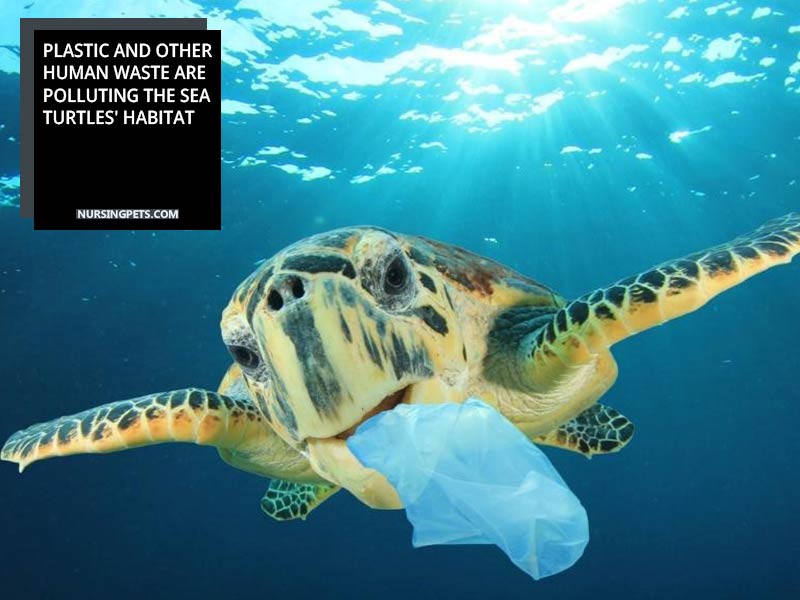
- If you love consuming seafood, you should be more conscious about eating seafood. Before devouring any seafood, you should inquire about the food’s source and avoid selecting seafood that requires turtle meat to be prepared.
- You can participate in coastal clean-ups and refrain from using plastics and other materials that can pollute seawater.
- Avoid releasing balloons while staying around the beaches. FYI, sea turtles can consume balloons considering their food.
- You can shift recreational beach equipment from sea turtles’ nesting spots and avoid bothering them.
- If you tend to perform recreational fishing, you should drive your boat slowly around bays and near shore waters. Also, avoid abandoning fishing gear in the water.
- If you notice sea turtles sick or struggling with other difficulties, you should help them immediately or contact the wildlife protector to help these marine reptiles.
Wrapping Up:
Sea turtles spend most of their lives underwater, but they live a significant amount of time out of the water to breathe air, bask, and reproduce. The time they spend out of water varies from species to species which we have described in this content.
However, we hope this article provides the information you were searching for and benefits; you will share this blog post with others on Facebook, Twitter and Pinterest. That’s all for this one.
Image Source: Canva.com/Photos
Article Reference:
- Sciencemill.org/blog/2020/3/11/tortoise-turtle-or-sea-turtle-what-is-the-difference
- Oliveridleyproject.org/ufaqs/how-long-can-sea-turtles-hold-their-breath
- Worldwildlife.org/species/sea-turtle
- Conserveturtles.org/information-sea-turtles-threats-sea-turtles/
- Seaworld.org/animals/all-about/sea-turtles/adaptations/
- Submon.org/en/diving-adaptations-in-sea-turtles/
- Fisheries.noaa.gov/feature-story/what-can-you-do-save-sea-turtles/

